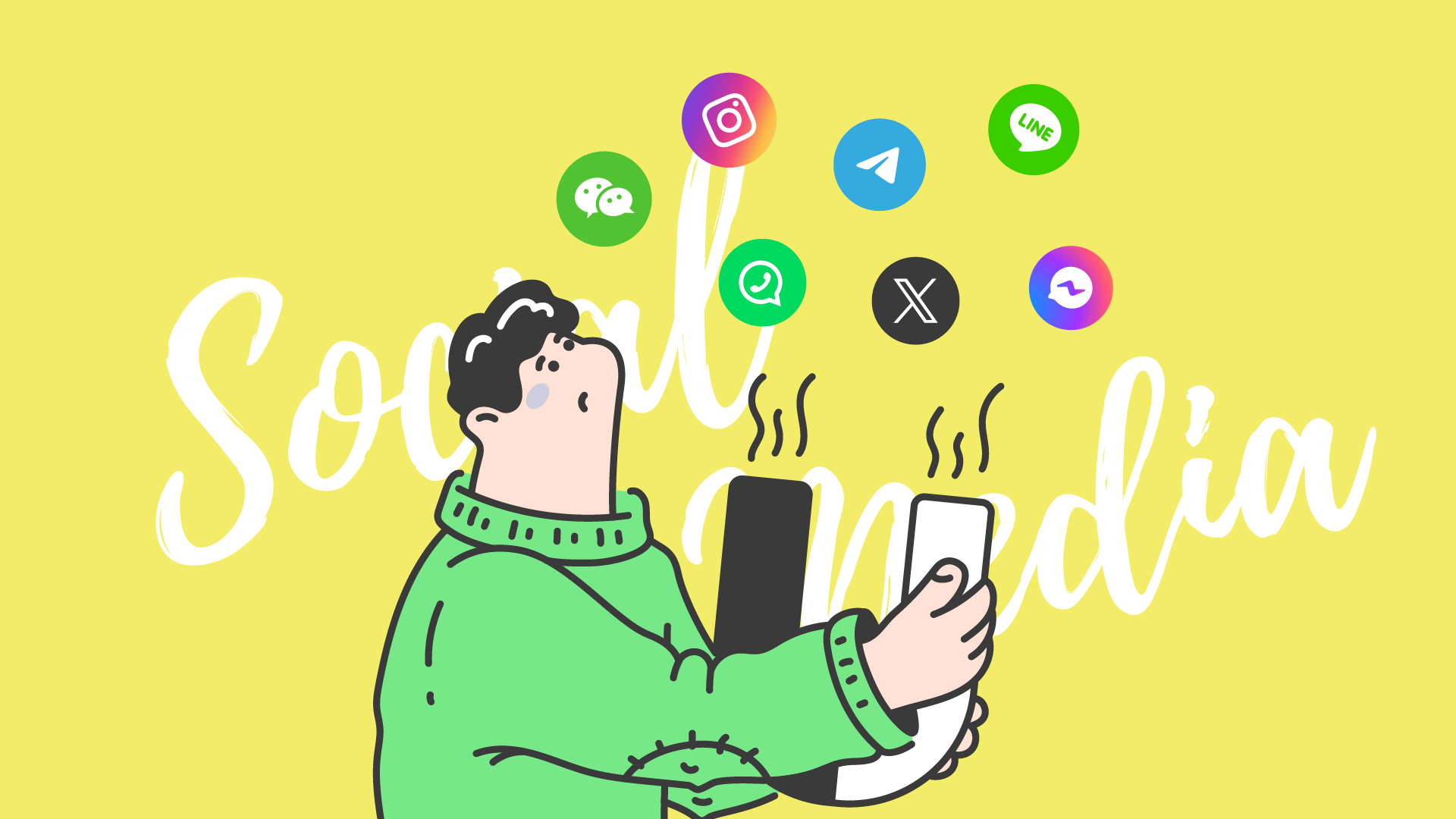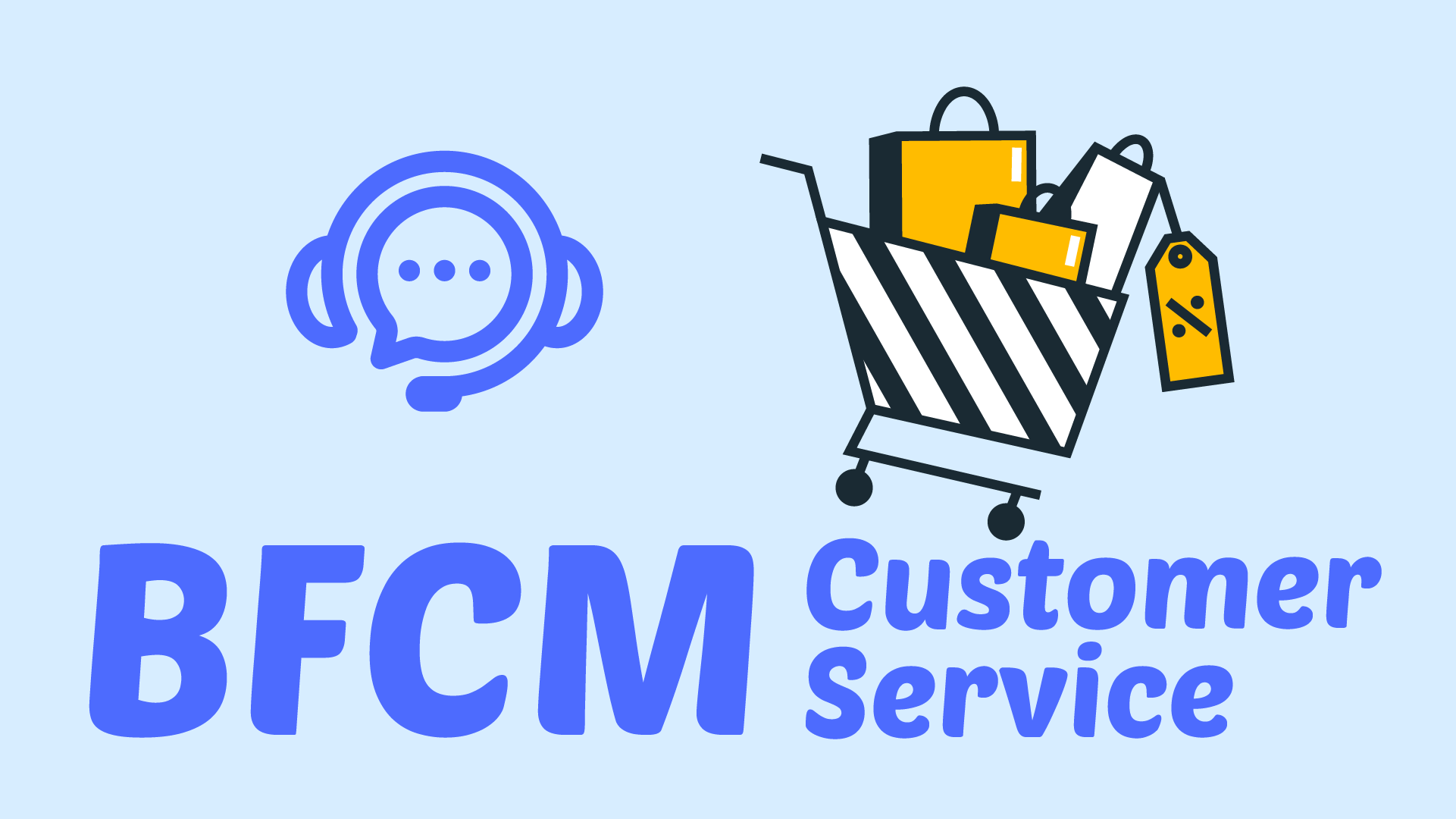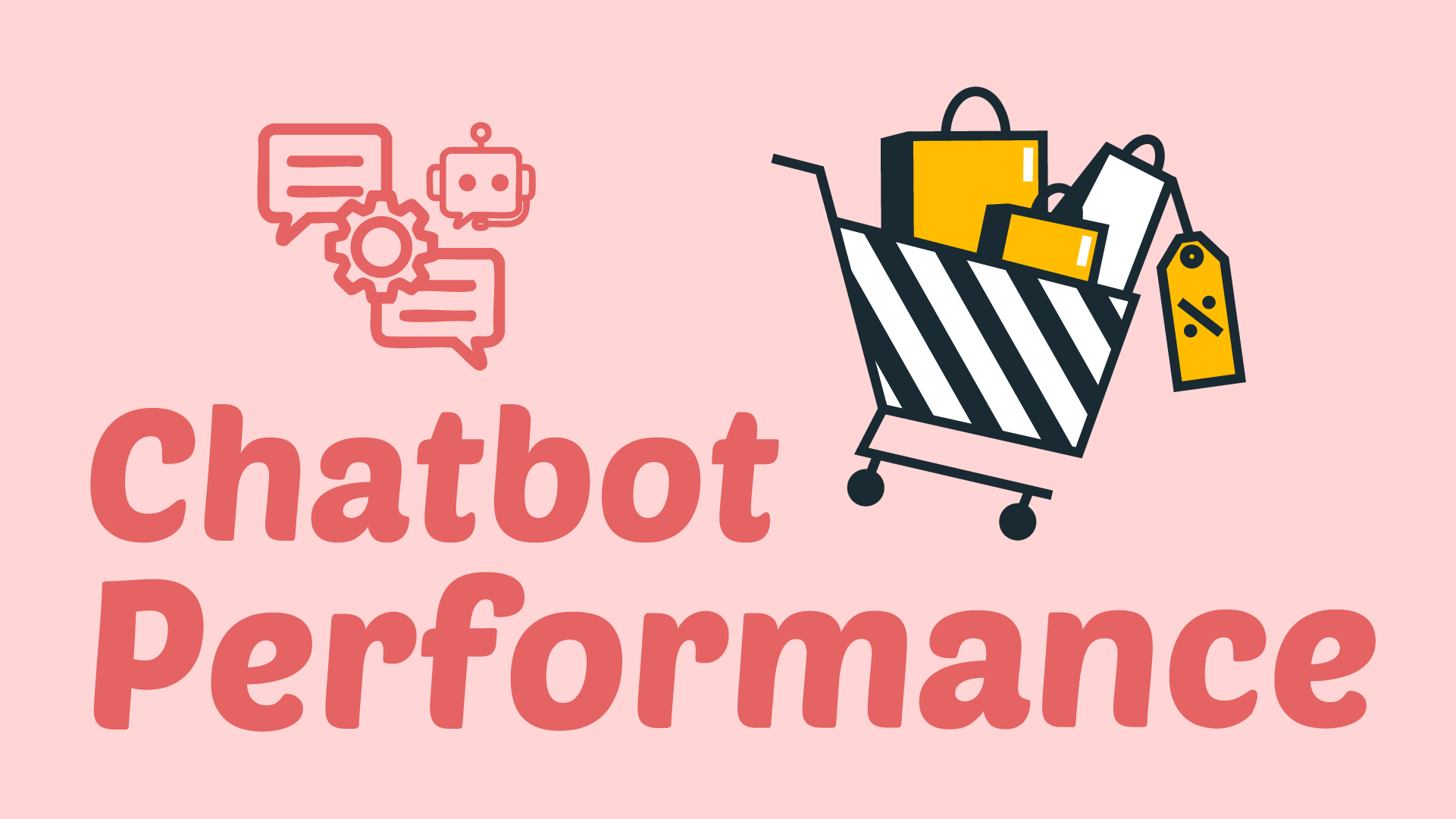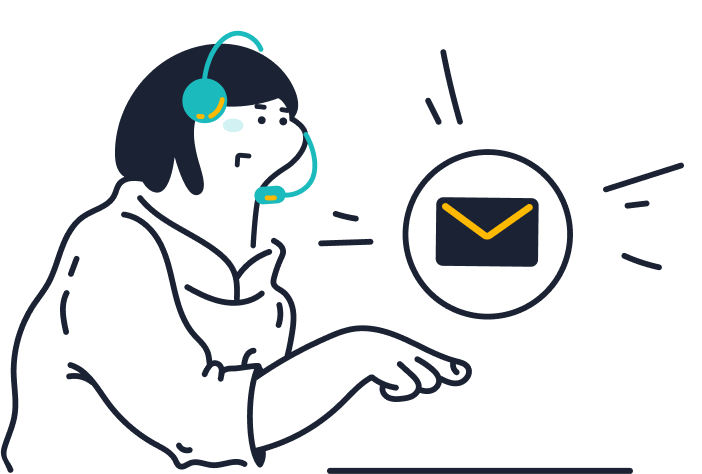Social media is playing an increasingly pivotal role in consumer journeys. In the U.S., 85% of online shoppers believe social media effectively influences their buying decisions, and 52% of users have directly purchased in these platforms—often by starting a conversation with a brand or business.
To better capture the attention of global consumers, businesses expanding internationally need to understand local user habits and maintain a visible presence on the social platforms where their audiences are most active. This article offers a detailed comparison of leading social media and messaging apps around the world—analyzing their geographic coverage, strengths, and limitations to help you identify the most suitable ones for your business.
Quick Tip: What is a Social Media IM App?
It refers to an online communication app that combines real-time communication ways—text, images, voice, video—with interactive social features such as friend list, group chat, status update, and content sharing, enabling instant messaging. These hybrid platforms allow users to connect and interact in a broader social network.
3 Billion Users
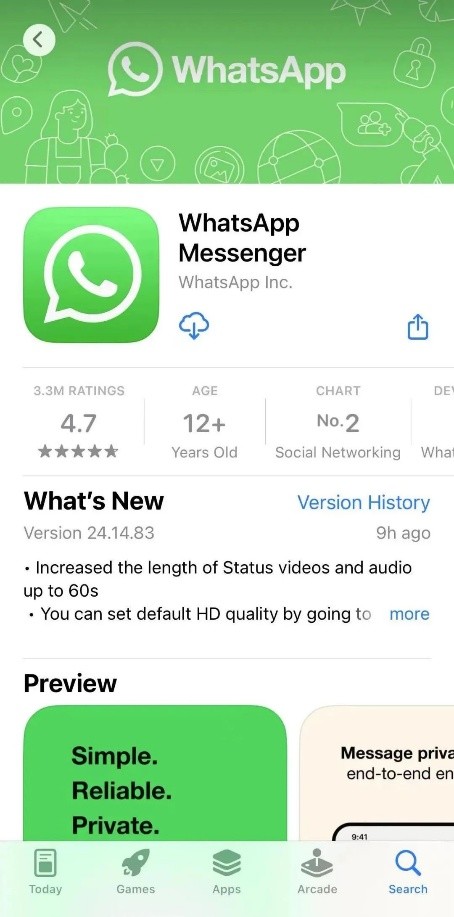
As the world’s most widely used social messaging app, WhatsApp is available in over 180 countries, spanning North America, Europe, Asia, Africa, and Latin America. Its penetration rate exceeds 90% in many developing markets, making it one of the most popular communication platforms globally. With an astounding 3 billion monthly active users, WhatsApp holds tremendous potential for international customer engagement and marketing.
Regions: Over 180 countries globally; access may be restricted in certain regions due to local regulations.
Strengths:
- Offer a web version that allows users to send and receive messages directly from desktop browsers, fully synchronized with existing mobile contacts.
- Enable businesses to share product catalogs and receive payments within the chats.
- Integrated with third-party customer engagement platforms, supporting uninterrupted communication across channels.
- Support WhatsApp Business Account specifically designed for commercial use, ensuring stability and a lower risk of being banned.
Limitations
- Require a mobile phone number for account registration and login.
- Group chats are limited to a maximum of 256 participants.
Facebook Messenger
1.3 Billion Users
Launched in 2011, Facebook Messenger is a real-time messaging platform that supports text and voice communication. Users can send messages, images, GIFs, voice notes, and short videos through both mobile devices and web browsers—all free of charge.
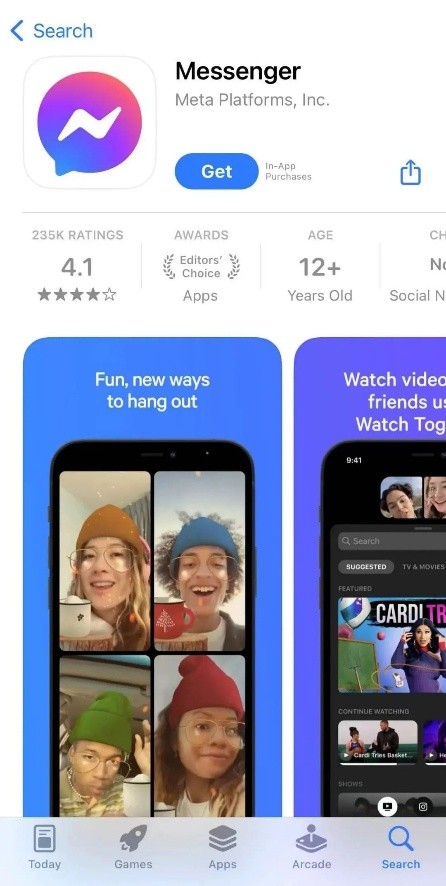
Regions: Mainly popular in North America, Australia, and Northern Europe.
Strengths
- Enable direct, real-time communication between customers and businesses, supporting lead generation, service inquiries, and bookings.
- Easily integrate with third-party customer service platforms to ensure seamless customer experience.
- Support personalized ads such as Facebook Lead Ads and Click to WhatsApp Ads, promoting customers’ understanding of products and purchasing intent through chats and interactions.
Limitations
- Must have a Facebook account to use Messenger.
1.38 Billion Users
WeChat is a messaging and social platform launched by Tencent in 2011.
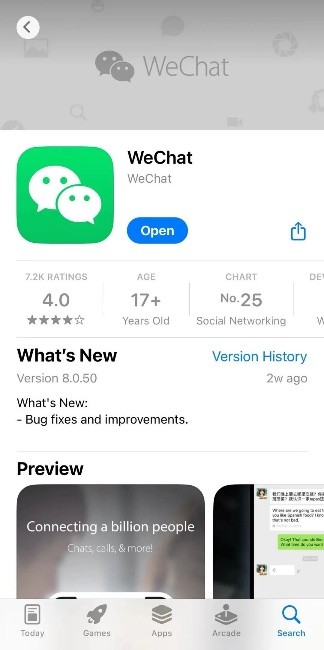
Regions: It is accessible globally, but primarily used in Mainland China and across Chinese-speaking regions, including Hong Kong, Macau, Taiwan, and parts of Southeast Asia.
Strengths
- Mini Programs extend functionality without requiring app downloads—users simply scan a QR code or click a link to access extra services.
- Moments allows businesses to better understand user interests through their social sharing.
- WeChat Pay allows in-app mobile payment in select regions.
- Multilingual support enables smooth communication across different countries.
- Integrate with third-party platforms to enhance seamless customer experience.
Limitations
- WeChat’s international reach is relatively limited, with most users concentrated in Chinese-speaking communities.
- WeChat Pay is only available in Mainland China, Hong Kong, and Malaysia.
Telegram
1 Billion Users
Telegram (commonly known as TG) is a cross-platform messaging app launched in 2013. Known for its robust group chat capabilities and privacy-first design, Telegram supports end-to-end encryption and large-scale file sharing.
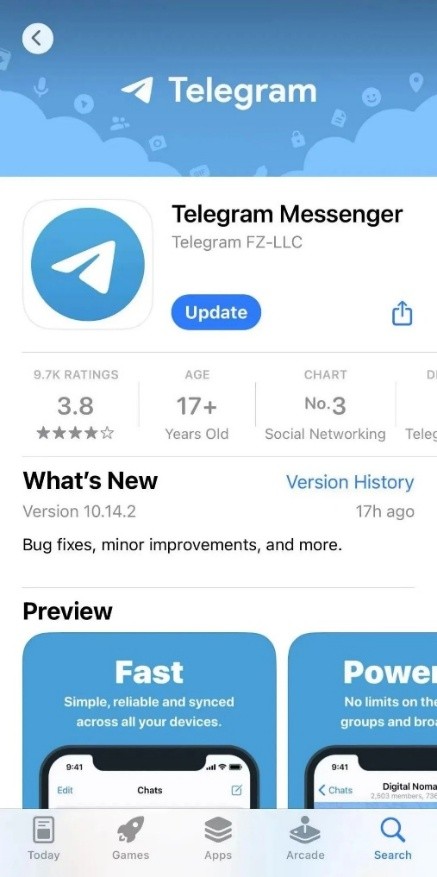
Regions: Widely used in Ethiopia, Iran, Uzbekistan, and other countries in Africa and Central Asia.
Strengths
- Powerful group chat function with up to 200,000 members in a group, ideal for community operation and public file sharing.
- Ensure privacy protection, allowing users to join the chat groups without a phone number.
- Unlimited file sharing with cloud-based message storage—no device space needed.
- End-to-end encryption ensures communication security.
- Seamlessly integrate with third-party platforms for continuous customer engagement.
Limitations
- High message volume in large groups can lead to notification fatigue, though alerts can be muted.
2.4 Billion Users
Instagram is a free photo and video sharing app under Meta, launched in October 2010. With features like content sharing, online shopping, and built-in messaging, Instagram has become a multi-functional social platform. Its in-app messaging service—Instagram Direct Messenger (IG DM)—holds strong potential for customer interaction, bringing the platform 500 million daily active users worldwide.
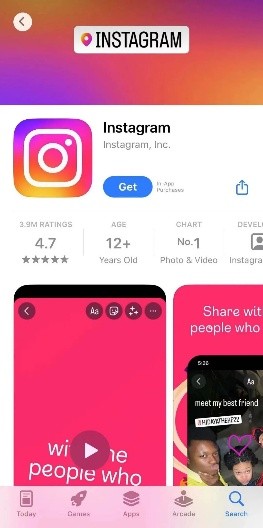
Regions: Global reach, with the largest user bases in India, the United States, and Brazil.
Strengths
- Rich Features: Combine various social features including image and video sharing in one app.
- Powerful Influence: Large daily active user base and viral marketing mechanism support strong influence growth.
- Built-in User Segmentation: Hashtag (#) function helps brands connect with targeted groups who are interested in them effectively.
- Integration with Third-Party Platforms: Support external communication tools to deliver seamless customer engagement.
Limitations
- Limited External Links: To prevent users from leaving the app while browsing content, website links in Instagram posts are non-clickable (“dead links”). Previously, only accounts with over 10,000 followers could add links to Stories, but this restriction has recently been relaxed. Now, most pages can include website links in their Stories.
- Image Size Constraints: Content basically consists of images and texts, and only images of specific sizes can be uploaded.
586 Million Users
Founded in 2006 and updated as “X” after Elon Musk’s 2022 acquisition, Twitter is a microblogging platform that enables users to post short posts (tweets) containing texts, images, videos, or links. Known for its immediacy and global conversation atmosphere, it is a widely used for news releasing and real-time interaction.
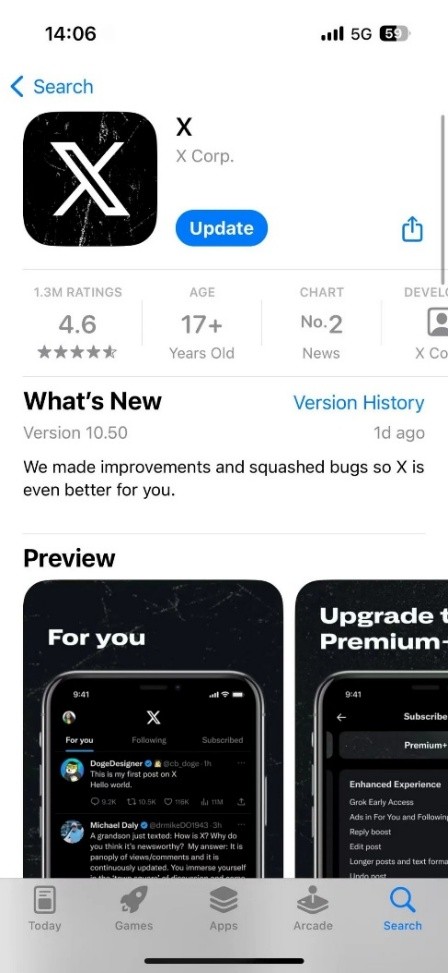
Regions: Twitter has a significant global user base, though regional distribution varies. The five countries with the most users are the United States, Japan, India, Indonesia, and the United Kingdom.
Strengths
- Concise and Impactful Content: Tweets are limited to 280 characters (previously 140), encouraging users to share directly and making information easier to spread.
- Real-Time Interaction: Twitter is renowned for its strong real-time interaction capability, allowing users to instantly post tweets and engage with a global audience at any time.
- Hashtag and Discovery Features: Twitter’s hashtag (#) system enables users to easily participate in and discover discussions related to specific topics.
- Diverse Content Formats: Although Twitter is primarily text-based, it also supports images, videos, GIFs, and other formats, enhancing user engagement.
Limitations
- Tweet Length Restriction: Each tweet is limited to 280 characters, which encourages concise expression but also restricts the ability to share long-form content or detailed information.
- Restrictions on Mass Operations: Behaviors such as frequent automated actions, mass following or unfollowing may be recognized as robotic, leading to account restriction or even banning.
LINE
197.8 million
LINE is an instant messaging platform launched in June 2011, developed by LINE Corporation under Z Holdings Corporation. The platform allows users to send messages, watch live broadcasts via a free Internet connection, and also makes it convenient to realize online shopping, mobile payments, and getting news.
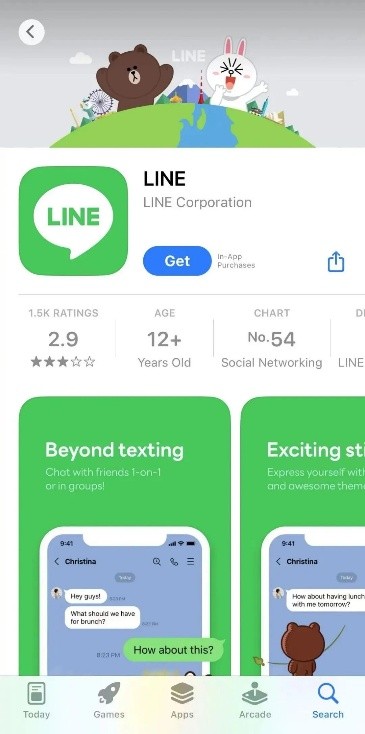
Regions: LINE’s user base is primarily concentrated in Japan, South Korea, Thailand, and select other countries and regions in Southeast Asia.
Strengths
- Offer a diverse collection of expressive stickers, allowing users to vividly convey emotions and personality, thus enhancing the overall engagement and enjoyment of conversations.
- Provide a comprehensive suite of features, including access to trending news, mobile payments, musics and videos.
- Support group calls with up to 500 participants, making it well-suited for large-scale virtual meetings.
- Integrate with third-party communication platforms to enable continuous and seamless customer engagement.
Limitations
- While LINE enjoys a large user base, its international market coverage remains relatively limited.
Conclusion
Sobot has seamlessly integrated with all of the major global social media platforms mentioned above. For international brands managing operations across multiple regions, this means you no longer need to juggle multiple apps to connect with your customers.
With Sobot’s omnichannel customer contact solution, businesses can easily connect customers at their preferred social media channels. This one-stop approach simplifies cross-border customer service and marketing, while significantly improving overall efficiency.
What’s more, brands can take advantage of Sobot’s powerful features—including AI-powered chatbot, live chat, and a robust ticketing system—to deliver smarter, more scalable customer experiences worldwide.
If you’re looking for a more efficient way to reach and engage your global audience, get in touch with Sobot today and enjoy a free trial.

FAQs
What is Omnichannel?
Omnichannel contact center solution aims at providing customers with a seamless, consistent and efficient communication experience by integrating multiple communication channels (e.g. phone, email, live chat, social media, SMS, etc.). It emphasises that customers receive a consistent and personalized service regardless of the channel they come from.
Omnichannel contact center has some specific features:
1. Channel integration: Integrating multiple communication channels such as phone, email, live chat, social media, SMS, apps, etc. into one platform.
2. Data sharing: Customer interaction records and historical data of all channels are centrally managed to form a unified customer overview. Human agents can check customers’ interaction history of all channels in real time and provide personalized services.
3. Consistent experience: Customers receive consistent information and service regardless of the channel they come from. For example, if a customer’s issue was not solved in the phone call, the human agent can continue to follow up via online chat, and the customer doesn’t need to repeat the problem again.
Sobot offers an omnichannel contact center solution. We add AI capabilities to make the omnichannel contact center solution more efficient, consistent and accurate in many aspects.
Can Sobot be integrated with social media like WhatsApp, Facebook and Line?
No problem.
Sobot integrates with major social media such as WhatsApp, Facebook, Line, etc. If customers communicate with you from these channels, all messages can go into the unified agent workbench.
You can also reach out to your customers proactively through these channels.
